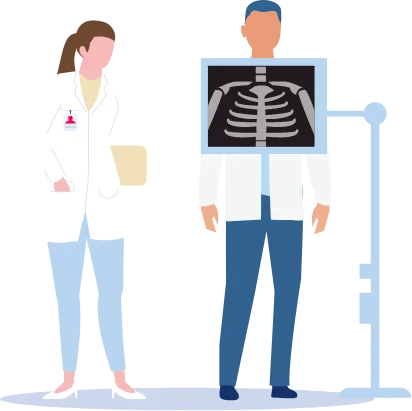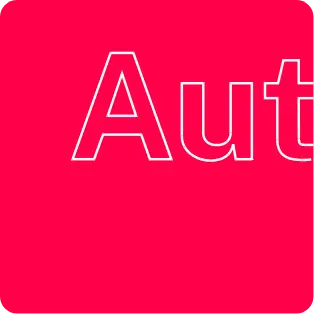
Chest Injuries
Hitting the steering wheel or dashboard, or even pressure from the seatbelt can cause severe chest injuries in an auto accident. If you’re experiencing chest pain following a road collision, Tulsa Accident Care Center in Tulsa, Oklahoma, has all the facilities you need. The center provides diagnostic technologies, a pharmacy, and expert treatments all in one convenient location. Walk-ins are welcome, or you can book a same-day appointment over the phone or online. Contact Tulsa Accident Care Center today for prompt treatment of chest injuries.
Chest Injuries Q&A
How do auto accidents cause chest injuries?
The force involved in auto accidents means chest injuries are quite likely. When you have an accident, you could collide with the steering wheel or dashboard, and even the seatbelt can exert severe pressure on your chest at the point of impact.
It’s possible that in some circumstances, you could get thrown around the car and hit the seats or other people in the car.
What sort of chest injuries do auto accidents cause?
Chest injuries sustained in an auto accident can take several forms. One of the most frequent is fractured ribs, but you could also fracture your sternum or the thoracic vertebrae. Strained or torn muscles and connective tissues are also common.
If you have chest injuries, you could have symptoms such as:
- Severe chest pain
- Bruising
- Breathing problems
- Pain in your shoulders, arms, or rib cage
- Pain when you breathe deeply, cough, or sneeze
As well as musculoskeletal causes, these symptoms might be due to lung injuries such as a collapsed lung (pneumothorax) or heart damage. These injuries are potentially life-threatening and need emergency treatment.
Another possibility is flail chest, where three or more ribs break, and that part of your rib cage separates from your chest wall. This is also potentially life-threatening.
How are chest injuries diagnosed?Tulsa Accident Care Center can diagnose your chest injuries on-site, where there is a range of imaging technologies, including:
- X-Ray
- CT (computed tomography)
- MRI (magnetic resonance imaging)
Using the results of these tests and your doctor’s expertise in car accident injuries, they promptly and accurately diagnose the cause of your symptoms.
How are chest injuries treated?
The cause of your chest injuries directs the nature of your treatment. If you’ve got broken ribs, they should heal without the need for surgery unless you have flail chest or another type of particularly severe fracture. Bruises and soft tissue damage can also heal over time without invasive treatment.
It’s important to follow the Tulsa Accident Care Center’s rehabilitation program to help your ribs and other tissues heal. While rest is vital to give the healing process a chance, it’s also essential to do physical therapy and breathing exercises. This rebuilds strength in your chest and prevents pneumonia.
For expert help with musculoskeletal chest injuries, call Tulsa Accident Care Center today or book an appointment online.
What We Offer
Services








